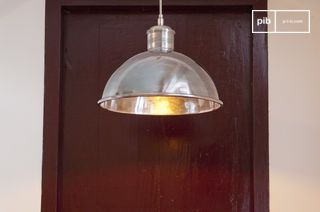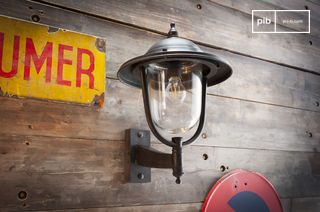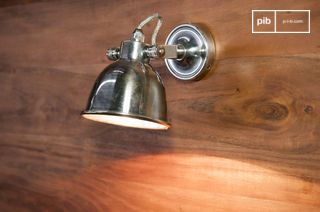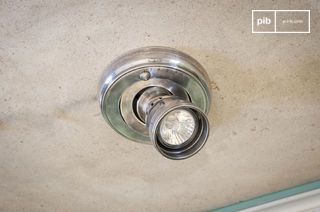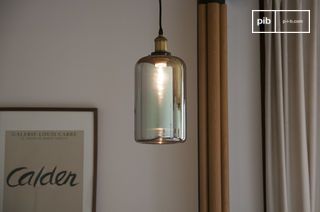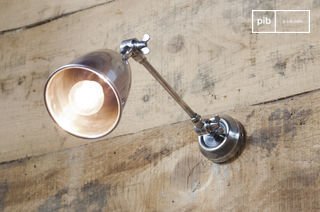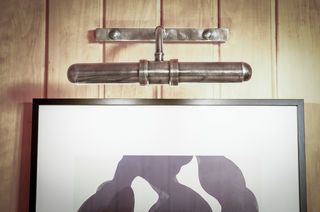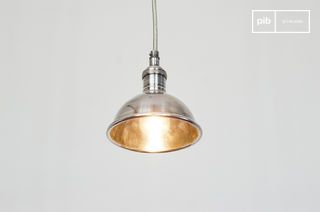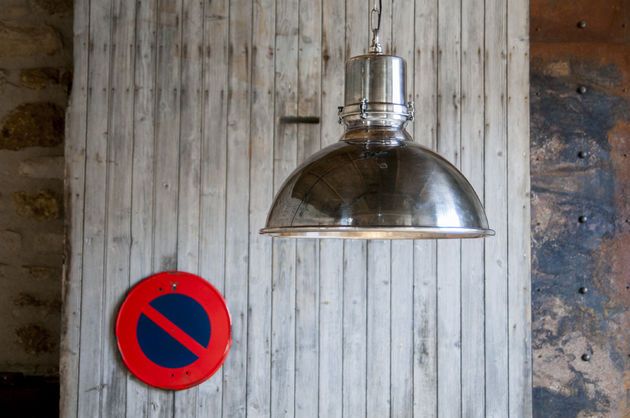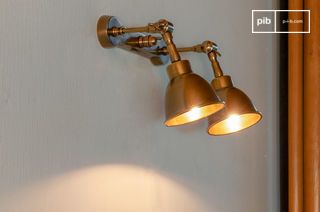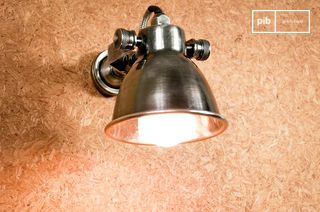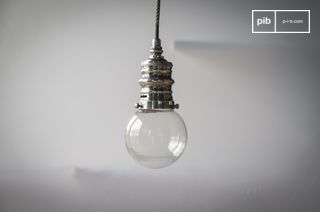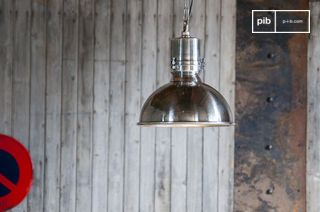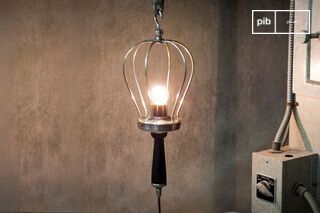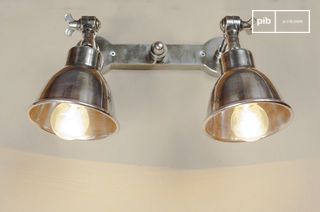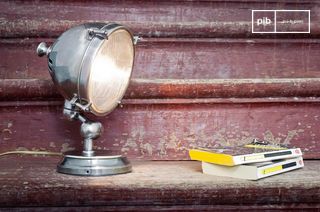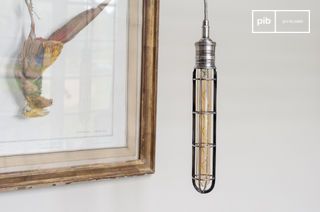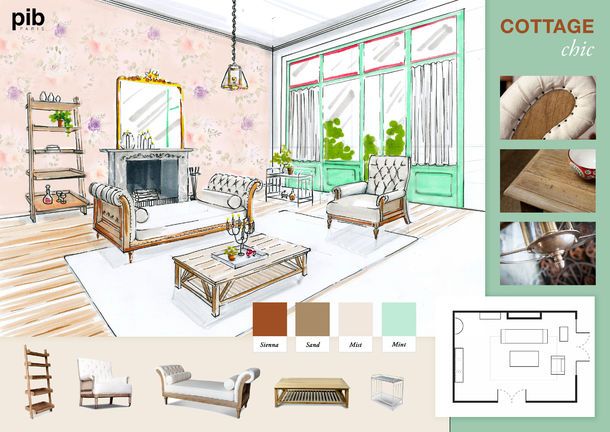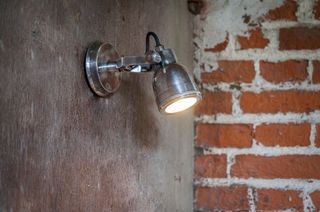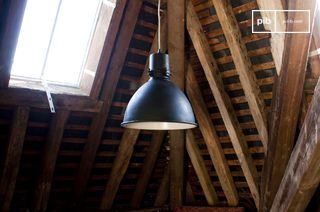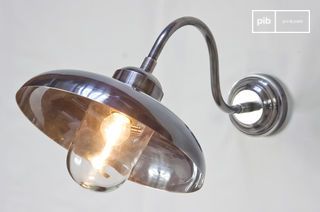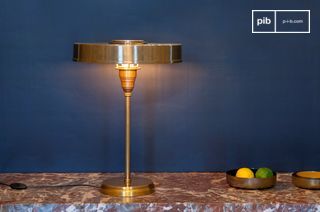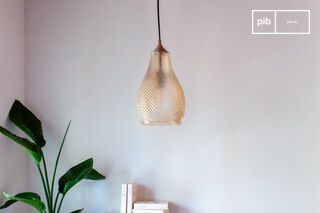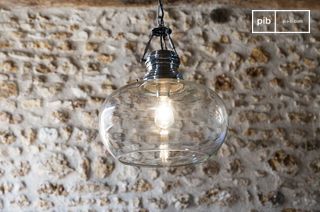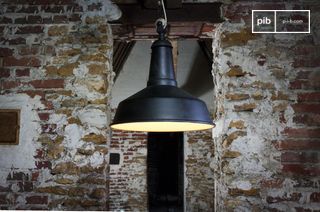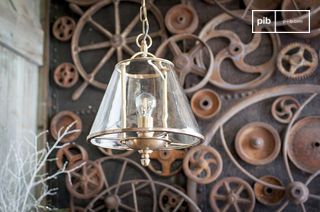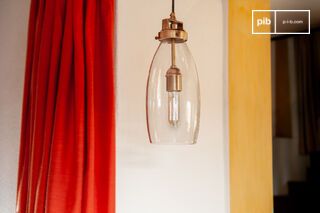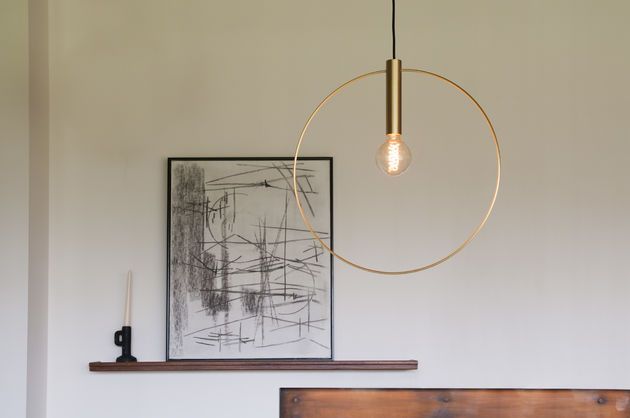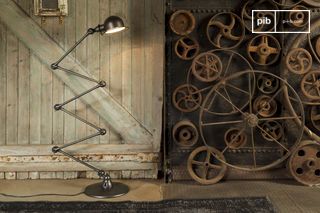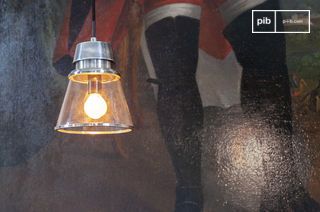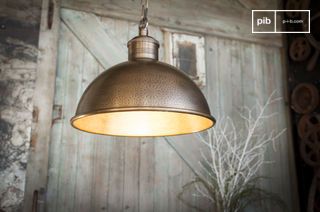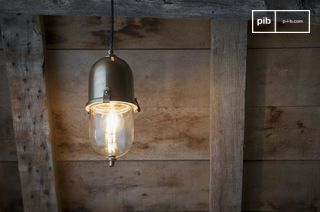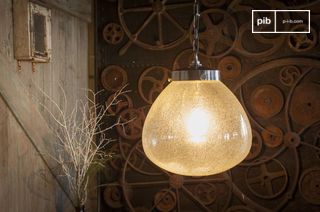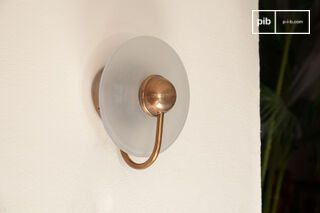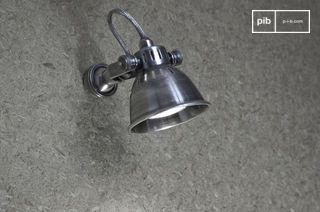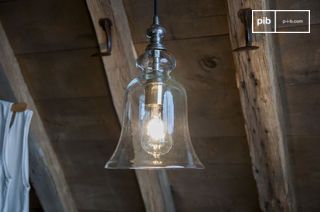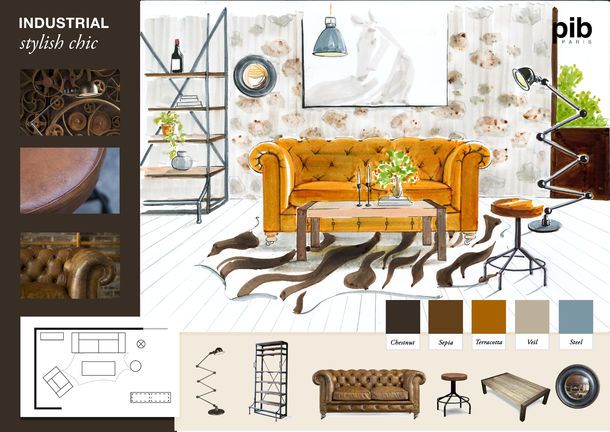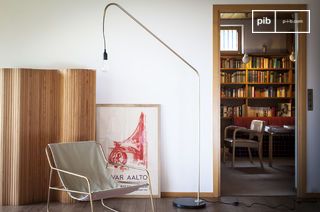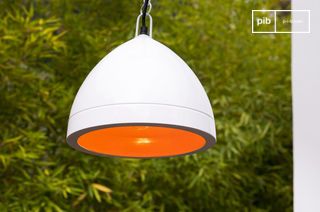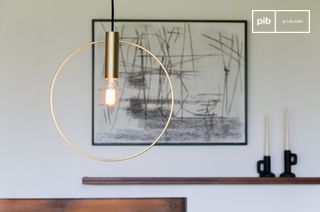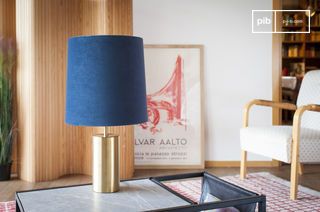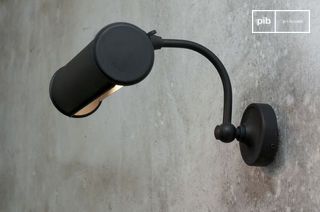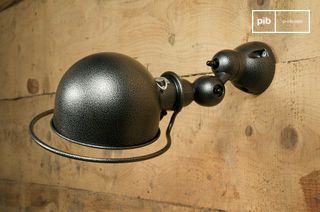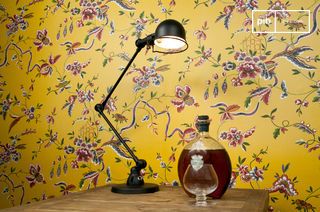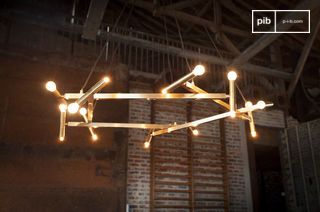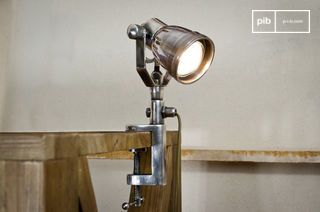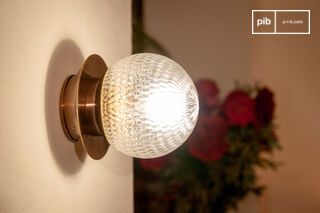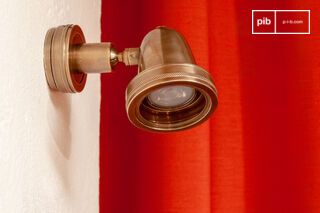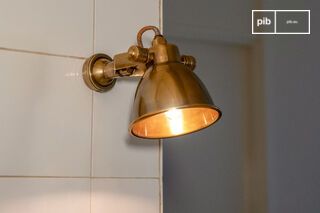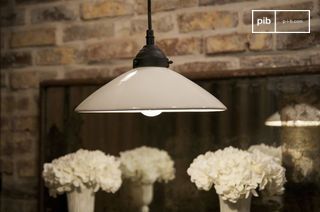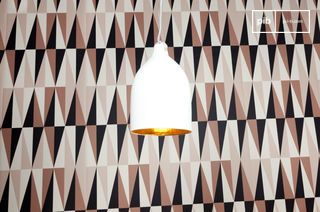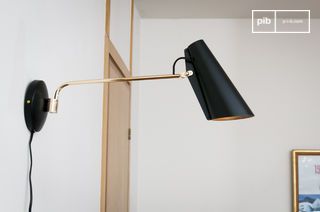Dining room lighting
Dining room luminaires structure the space above the table, directing the eye and influencing the perception of volume. Each dining room luminaire must meet precise criteria: even distribution, controlled intensity and the right hanging height. The selection on offer covers a range of formats, from pendant and ceiling lights to adjustable models, to adapt to the size of the table and the overall layout of the room. Here, lighting becomes a functional element that articulates everyday uses and the reading of space.
read more >Filters
10 festive days
10% off our tables and consoles
Welcome your guests in style · Limited stock
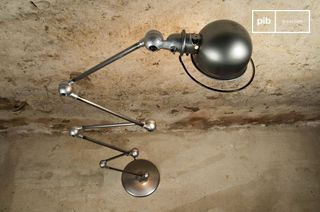
Jieldé lampLoft
€983

Function and positioning of the dining room light
The dining room light is generally placed above the main table. Its central position effectively illuminates the dining surface, without dazzling or creating domed areas. The aim is to maintain an even light, highlighting the dishes while ensuring visual comfort for diners. Fixing heights vary according to the shape of the luminaire and the table: on average, a distance of 70 to 90 cm between the tabletop and the bottom of the luminaire balances visual presence and optimal lighting. In rooms with high ceilings, a long pendant can reinforce verticality, while a compact ceiling fixture is better suited to a lower space.
Materials, shapes and lighting effects
The choice of materials influences the nature of the light projected. Transparent or opaline glass diffuses a soft light, while opaque metals direct the beam towards the table. Some models combine several materials to filter and direct light with precision. Shapes also play a part in the quality of diffusion: a wide shade covers a larger surface, while a narrower model focuses the light. For long tables, series luminaires or light bars provide consistent coverage across the entire surface. The light rendering should avoid excessive contrasts, particularly marked if the walls are dark or the room dimly lit by natural light.
Overall arrangement and combination of light sources
In a dining room, the main luminaire is rarely sufficient on its own. Secondary sources sconces, spotlights or indirect spotlights can complete the lighting to balance the whole and avoid visual disorientation effects. Working on the different levels of light can also help to adapt the ambiance to specific uses, such as dinner, reading or passing between two rooms. Furniture orientation, wall color, window position and ceiling height are all parameters to consider when determining the type and positioning of lighting fixtures. Careful planning ensures that dining room lighting is just as much an interior design tool as a table or carpet.
Designed to combine functional lighting with a discreet presence, dining room lighting must be selected according to precise technical criteria: dimensions, diffusion, installation, compatibility with the space. This choice determines the room's legibility and users' everyday comfort. Light becomes an element of organization as much as a support for wisdom.

